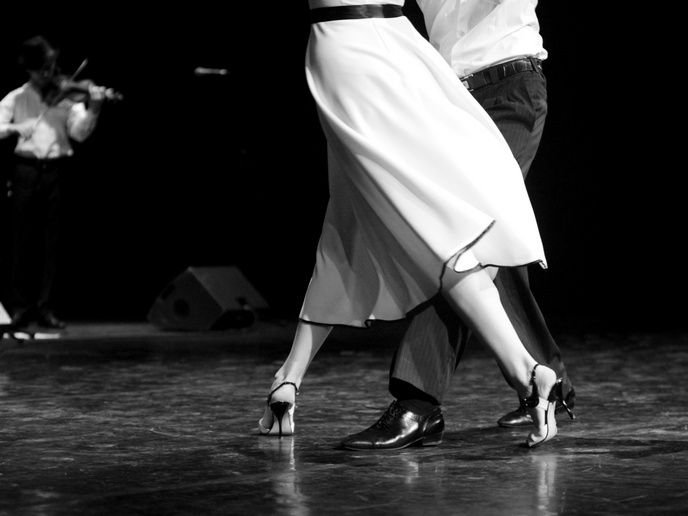The tango soundtrack of Japanese emigration to China and Latin America
In the early 20th century, tango became a powerful cultural bridge between continents, embodying, on one hand, artistic expression and musical exchanges, and on the other hand, political strategies and stories of memory and loss. The role of tango music in the Japanese emigration to China and Latin America between 1920 and 1945 has remained largely overlooked, but the research project CEJaMS, undertaken with the support of the Marie Skłodowska-Curie Actions programme, has now begun to reveal its historical richness. “The personal stories of Japanese tango musicians who migrated to or travelled to Shanghai and Manchuria in the 1930s and 1940s reveal lived and sonic connections between Latin America and East Asia, outside the usual East-West axis of musical circulation,” states Yuiko Asaba, ethnomusicologist and CEJaMS project coordinator. “This important history had received very little scholarly attention before our project due to the scarcity of primary documents, many of which were lost and destroyed during and after World War II.”
Tango in Japan and migration politics
Starting in the late 19th century, the Japanese population developed a growing fascination for overseas lands, fuelled by the government’s pro-emigration campaigns as part of its colonial expansion. The country’s internationalisation plan was formed by a romanticisation of foreign countries and the dichotomy between island (Japan) and continents. “Tango became a powerful audio-visual tool accompanied by a choice of melodramatic vocabularies in popular presses and films in Japan, which further cultivated the Japanese curiosity for Latin American countries, leading many to emigrate,” explains Asaba. CEJaMS analysed the experiences of Japanese tango musicians in Japan-occupied China through archival and oral historical research in Morioka, Kyoto, Tokyo, Gifu, and Nara – Japanese cities where interviewees, former dance hall musicians and descendant families resided. As the project progressed, it came to light that Japanese tango musicians circulated between Shanghai and Manchuria from the 1930s to the 1940s.
The importance of Manchuria for Japanese tango musicians
Manchuria was particularly seen by Japanese tango musicians as a ‘musically authentic’ place in China with cities filled with opportunities – a vision amplified by Japan for political reasons. The region had a major availability of tango music scores brought from Argentina, which was made possible also thanks to a relaxed import taxation system in the 1930s in the port city of Dalian. It was in Manchuria that many Japanese musicians encountered for the first time the bandoneón, tango’s ‘star’ instrument, and Argentine tango sheet music. “Many of the Japanese tango musicians who lived and worked in Manchuria between 1935 and 1946 became pioneering tango performers in post-World War II Japan, with some of them migrating to Argentina and Chile after the war, demonstrating the wider musical circulations outside the Euro-American West,” adds Asaba. Beyond the musical experience of Japanese tango musicians in China, CEJaMS brought to light aspects of tension and loss related to their stories of migration. “Unexpected aspects of memory and gender emerged during the project, as many Japanese female former musicians refused to discuss their time and their families’ stay in Manchuria, due to traumatic experiences during Japan’s ‘exit’ from the region amidst the Soviet invasion of Manchuria in August 1945,” she explains. This project has culminated in Asaba’s new book on Tango in Japan. Building on the CEJaMS project, Asaba is currently developing new research on Asia-Latin America musical connections in the 20th century.
Keywords
CEJaMS, tango, Japanese emigration, China, Latin America



